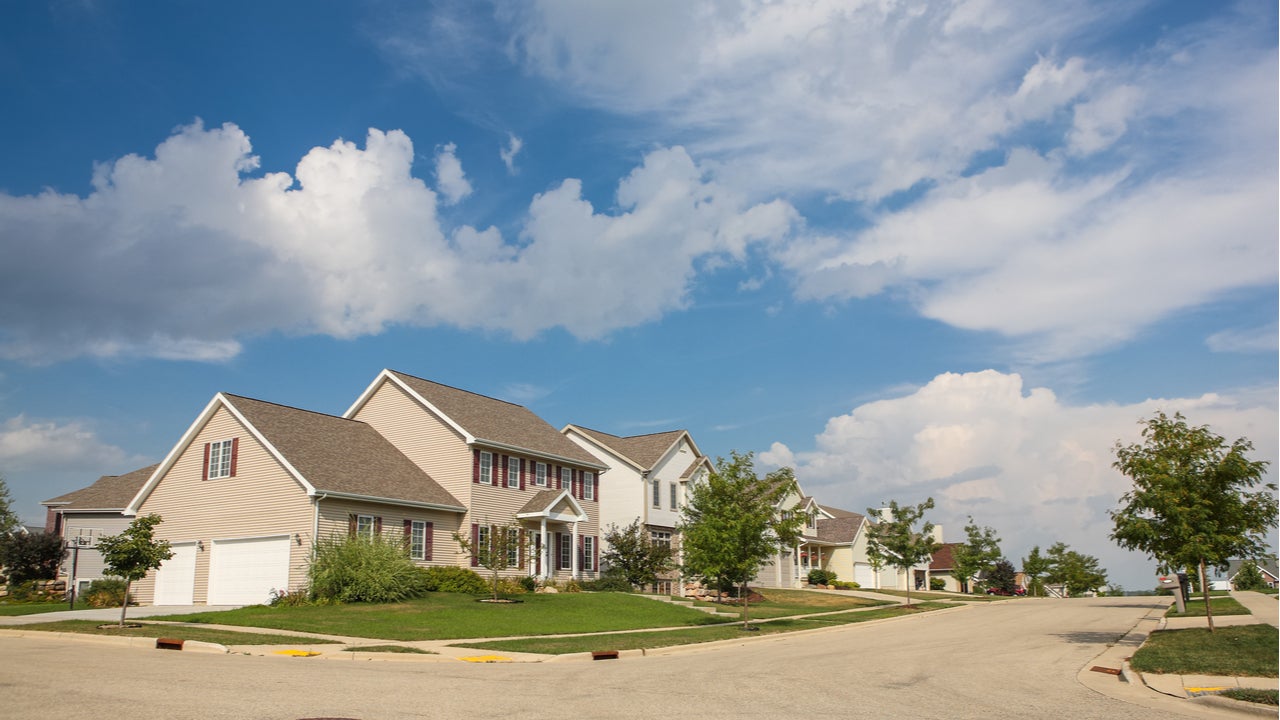What is mortgage loan origination?




Key takeaways
- Mortgage origination is the process through which the lender approves and creates your loan.
- Steps in the mortgage origination process include getting preapproval, applying for the loan, waiting for loan processing and underwriting and attending closing day.
- Many lenders charge a fee for originating a mortgage, which typically costs between 0.5 percent and 1 percent of the loan amount.
What is mortgage loan origination?
Mortgage loan origination is the process your lender goes through to establish your loan after you apply for a mortgage.
When you close on your loan, you’ll pay a mortgage origination fee, often equal to 0.5 percent to 1 percent of the loan principal. This fee might be as high as 2 percent if you’re a riskier borrower. The fee covers the time and cost of the lender reviewing and processing your application.
Why do experts care about the number of mortgage originations?
Documents required to begin the mortgage loan origination process
When you first apply for your mortgage, be prepared to provide:
- Proof of income, including tax returns, W-2s and 1099s
- Proof of assets and expenses, including bank, retirement and brokerage account statements
- Photo identification for all borrowers
You might need to provide additional documents depending on the type of loan you want. For a VA loan, for example, you’ll need proof of military affiliation; for a USDA loan, you’ll need information about the property’s location. If you have a cosigner, you’ll need to provide information about their finances as well.
Steps in the mortgage loan origination process
The mortgage loan origination process happens in stages, and it typically takes between 30 and 60 days to complete. Speed varies depending on the lender, mortgage type and applicant’s credit. Generally, prospective homeowners can expect the following steps in the process.
1. Preapproval
Most borrowers request preapproval from a lender as the first step in the loan origination process. A preapproval isn’t a firm commitment to lend, but it does show how much you’re likely to get if you meet all of the underwriting requirements and your financial circumstances don’t change substantially between the preapproval and the actual closing on the home.
2. Loan application
Either along with or after preapproval, you’ll complete a formal application for your loan, which requires a thorough vetting of your finances and the property you’re buying. In addition to all the information you submitted for preapproval, you’ll need to share:
- Information about any debt you may have, such as student loan and credit card balances
- Your work history and income
- Details about your assets, for example, if you own other properties
- The size of a down payment you expect to make, and where it’s coming from, such as a gift, inheritance or savings
- An appraisal of the property you’re purchasing
Once you submit the application, you’ll receive a loan estimate, a document detailing all the estimated costs of your loan. Lenders quote these costs upfront to allow borrowers to compare offers. You’ll receive the loan estimate within three days of applying, though in some cases, you may be provided with an immediate estimate.
3. Loan processing and underwriting
During loan processing and underwriting, the lender and underwriters assess your information — sometimes called your risk profile — to see how much they’re willing to lend you. Your financial information may be evaluated through a software program or manually, or sometimes both. At this time, the lender can approve or deny the loan, or ask for more information — that is, approve you conditionally. Don’t be surprised if you do get a request for more information: It’s very common.
4. Closing
The final step is closing, which typically occurs in person. Before that happens, you’ll receive a closing disclosure with a full outline of your closing costs and fees. Those fees fall into three categories:
- Those that may not change between the loan estimate and the closing disclosure
- Those that may go up to 10 percent
- Those that may go up without limit under special circumstances
If allowable changes occur, you’ll receive a revised loan estimate.
On the actual closing day, you’ll sign paperwork agreeing to the loan terms and the transfer of the property and get the keys to your new home. You’ll also be responsible for paying closing costs at this time, which includes the origination fee if your lender charges one. There might be other fees, as well, such as an underwriting fee, a documentation preparation fee, fees for title services and attorney fees. Be prepared to pay for those costs with a cashier’s check or a wire transfer — personal checks are typically not accepted.
You can negotiate closing costs in several ways. You may ask your lender for a discount, or for the seller to pitch in. You may also apply to roll the costs into your loan, which may save you money upfront, but can cost you more over the life of the loan.
How to prepare for the loan origination process
The mortgage application process can be nuanced and complex, but there are a few steps you can follow to prepare:
- Check your credit. Your credit score will lay the foundation for your mortgage application. Before you begin your application, check your credit report to make sure there aren’t any errors.
- Improve your credit score. While you’re at it, take some steps to boost your credit score. The higher your score, the lower your mortgage rate — saving you a lot of money over the loan term.
- Know the kind of loan you want. Know the differences between mortgage types and which one fits your finances and situation. For example, how likely are you to remain in the home five or 10 years? If you’re not planning to stay in the home for a long time, an adjustable-rate mortgage might save you some money.
- Be ready to shop around. Talk to at least three mortgage lenders, ideally starting with your own bank to see what kind of relationship programs it offers. Ask your friends, family and real estate agent which lenders they recommend.
- Do the math between upfront fees and long-term costs. While avoiding an origination fee in your closing costs is appealing, make sure you’re considering the big picture. It’ll ultimately cost you more to add fees to your balance and pay them off over the life of your loan. As you review offers, use Bankrate’s mortgage calculator to see how different interest rates impact your budget.



